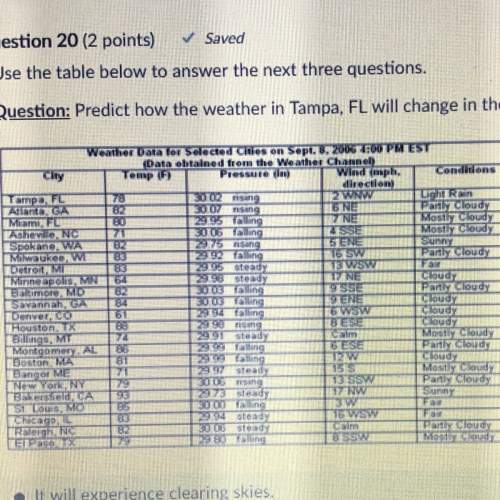
Inelastic Collisions Purpose: To gather evidence that can be used to support a claim that total system momentum is or is not conserved in an inelastic collision. Background: The objects involved in a collision are often considered as a system. Provided that the system of two objects is not experiencing a net external impulse, there would be no change in momentum of the system. If one object within the system loses momentum, it is gained by the other object within the system. The combined momentum of both objects would be conserved. Getting Ready: Navigate to the Collision Carts Interactive in the Physics Interactives section of The Physics Classroom website: http://www. physicsclassroom. com/Physics-Interactives/Momentum-a nd-Collisions/Collision-Carts Path: physicsclassroom. com => Physics Interactives => Momentum and Collisions => Collision Carts Once the Interactive opens, resize it as desired. Select the Inelastic Collisions option. Experiment with changing the Mass and the Initial Velocity of the two carts. Observe how the position of the carts along the track can be changed by dragging. Learn to Start, Pause, and Reset the animation. Collision 1: Blue Cart Initially at Rest Set the initial blue cart velocity to 0 m/s. Set the mass values to different values. Run the simulation and record the mass and velocity values. Before Collision After Collision mRed = kg mBlue = kg Use mass and velocity values to complete the following momentum table. Before Collision After Collision ∆Momentum Red Cart kg x m/s = kg•m/s kg x m/s = kg•m/s Blue Cart kg x m/s = kg•m/s kg x m/s = kg•m/s System Total v = m/s v = m/s

Answers: 1
Other questions on the subject: Physics

Physics, 21.06.2019 21:30, genyjoannerubiera
Ahydroelectric plant takes energy from water and turns it into electrical energy. what are the transformations of energy in the water molecules that are used in the process of generating electricity this way?
Answers: 3

Physics, 22.06.2019 00:20, pooperjooper
Aparticle of mass m is projected with an initial velocity v0 in a direction making an angle α with the horizontal level ground as shown in the figure. the motion of the particle occurs under a uniform gravitational field g pointing downward. (a) write down the lagrangian of the system by using the cartesian coordinates (x, y). (b) is there any cyclic coordinate(s). if so, interpret it (them) physically. (c) find the euler-lagrange equations. find at least one constant of motion. (d) solve the differential equation in part (c) and obtain x and y coordinates of the projectile as a function of time. (e) construct the hamiltonian of the system, h, and write down the hamilton’s equations (canonical equations) of motion.
Answers: 2

Physics, 22.06.2019 05:10, zionnahl
Total solidification times of three casting geometries are to be compared: a sphere, a cylinder, in which the length-to-diameter ration - 1.0, and a cube. volume = 1000 cm^3 for all three shhapes, and the same casting alloy is used. a) determine the solidification times of each geometry b) based on the results of part (a), which geometric element would make the best riser? c) if the mold constant = 3.5 min/cm^2 in chvorinov's rule, compute the total solidification time for each casting.
Answers: 3
Do you know the correct answer?
Inelastic Collisions Purpose: To gather evidence that can be used to support a claim that total syst...
Questions in other subjects:

Mathematics, 29.06.2019 12:10



Biology, 29.06.2019 12:10

Mathematics, 29.06.2019 12:10

Mathematics, 29.06.2019 12:10


Mathematics, 29.06.2019 12:10

Mathematics, 29.06.2019 12:10







